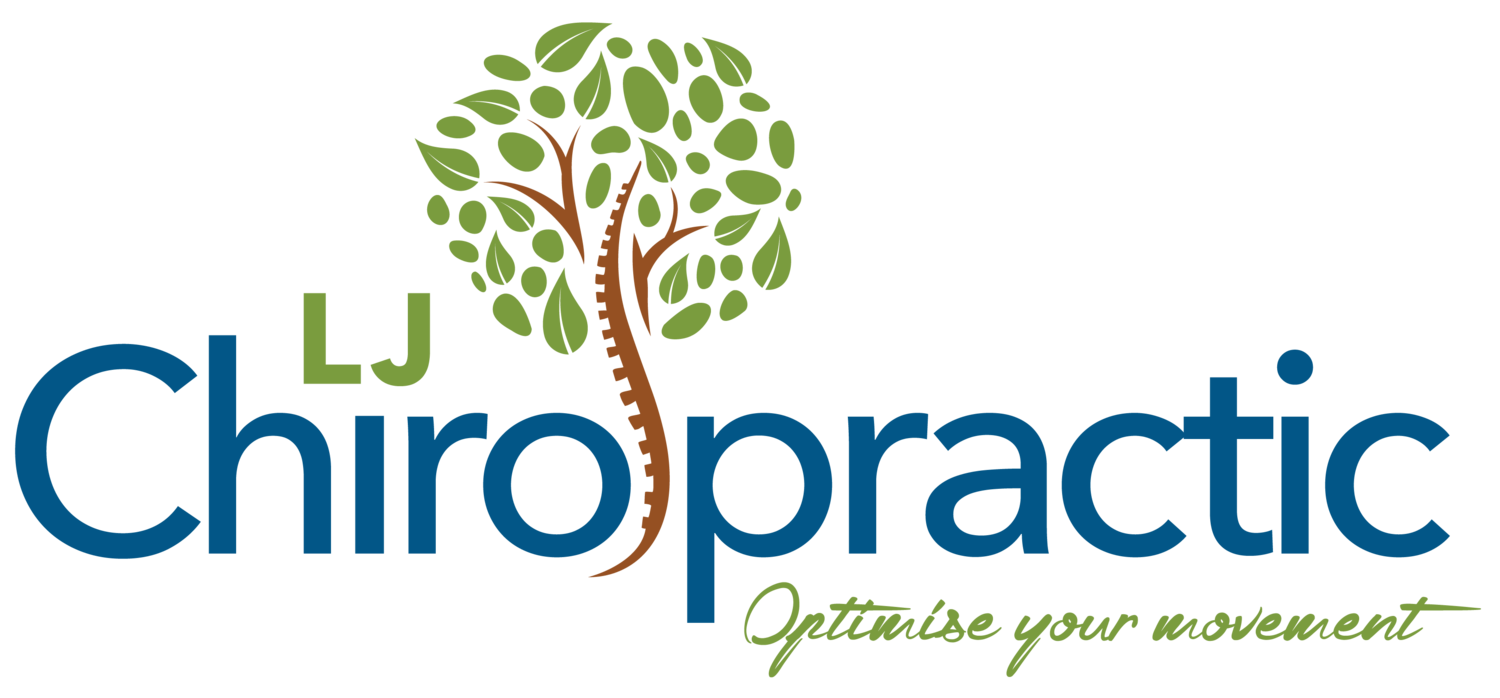Lumbar spine injuries are common in athletes who participate in contact sports such as football, hockey, rugby, soccer, basketball, volleyball, etc. The lumbar region of the spinal cord consists of five vertebrae (the lowest part of the spinal column) and their associated discs. These discs act as shock absorbers between the bones of the spine and the muscles and ligaments surrounding them. Injuries to these areas can cause severe pain and disability.
Sports medicine physicians often conduct physical therapy to treat patients with lower back pain caused by lumbar spine injuries. They also perform surgery to repair damaged discs or remove herniated discs.
Athletes should always seek medical attention after sustaining a lumbar spine injury. If you experience symptoms of a lumbar spine problem, see a trained health professional immediately eg Chiropractor, General Practitioner.
What type of sports usually suffer from lower back pain?
The sports that usually suffer from lower back pain are those which involve sudden changes in direction or speed. Examples include baseball, tennis, golf, track and field events, gymnastics, swimming, wrestling, boxing, martial arts, and many others. Athletes who play contact sports such as football and hockey may be at risk for lower back problems.
How do I know if my lower back is injured?
If your lower back hurts when you exercise, it could mean that there is an underlying problem. Most people will feel some discomfort when they first start exercising. However, this pain typically disappears within a few minutes. This is normal. If you have persistent lower back pain during or after exercise, it could indicate a serious condition. You should consult a physician eg Chiropractor right away.
What are lower back strain symptoms?
Symptoms that may be apparent from a lower back strain are stiffness and soreness in the lower back, leg cramps, muscle spasms, numbness and tingling in the legs, weakness, fatigue, and difficulty walking.
When should I see a chiropractor?
You should see a chiropractor if you have any of the following symptoms:
• Persistent lower back pain that does not go away
• Lower back pain that occurs while doing physical activity
• Numbness or tingling in the feet or hands
• Leg cramping
• Muscle spasm
How long does it take for lower back strain to heal?
If you suffer from lower back pain from a sporting injury, it usually takes about two weeks before you’re fully recovered. During this time, you should rest your back and avoid any strenuous activity. This is only an estimate based upon minor muscular strains. There could be serious underlying issues they might take a longer time to heal.
Can a lumbar strain be permanent? Lumbar pain can sometimes become chronic. It is important to remember that most cases of low back pain resolve on their own without treatment. However, if you continue to have pain even after several months, then you should consider seeing a doctor or a back pain specialist.
How is lumbar strain diagnosed?
Diagnostic tests used to diagnose lower back pain often involve taking X rays, CT scans, MRI’s, blood tests, urine analysis, nerve conduction studies, electromyography (EMG), etc. During most initial assessments and exams, specialised tests aren’t usually recommended.
X-ray. An X-ray that uses radiation to produce an image of internal tissue structures, bone density, and organ function.
Computed tomography scan (also called a CT or CAT scan). An x-ray image is made using radiation (X-Rays). A computer then analyzes these images to create 3D models of internal organs. It reveals details of the bones, muscle, fat, and internal organs.
Magnetic resonance imaging (MRI). An imaging technique using magnetic fields, radio waves, and computers to create detailed pictures of internal organs and structures inside the human body.
Radionuclide bone scan. Radioactive imaging technique uses a small amount of radioactive material to detect things within the body. It measures whether there is enough oxygen flowing through the bones for cells to function properly.
How do athletes get rid of lower back pain?
There are different ways to reduce lower back pain. Some of these methods include stretching exercises, massage therapy, acupuncture, yoga, pilates, and other similar techniques. All of these treatments help relieve tension and stress in the body. Stretching helps improve flexibility and range of motion in the muscles and joints. Massage therapy relaxes tight muscles and improves blood circulation. Acupuncture relieves pain by stimulating nerve endings. Yoga teaches proper breathing techniques and stretches.
If your symptoms are persistent and have not been relieved after three or more days, chances are there is a biomechanical issue that needs to be attended to by a Chiropractor. You shouldn’t feel like you need to stretch your hamstring or go on the foam roller 10 times a day to gain a small percentage of relief.
Need further help?
LJ Chiropractic offers tailored lower back pain relief plans to accommodate the varied needs of our patients. As a friendly female chiropractor with years of experience under her belt, the Chiropractors at LJ Chiropractic, Li Jen, Courtney and Sophia have assisted many different individuals in Caringbah (Sutherland Shire) and Kensington (Eastern Suburbs) and the surrounding areas eg Maroubra, Kingsford, Randwick, Eastgardens, Rosebery, Mascot, Bondi, Waverly, Clovelly. LJ Chiropractic can develop a treatment course to suit you.


